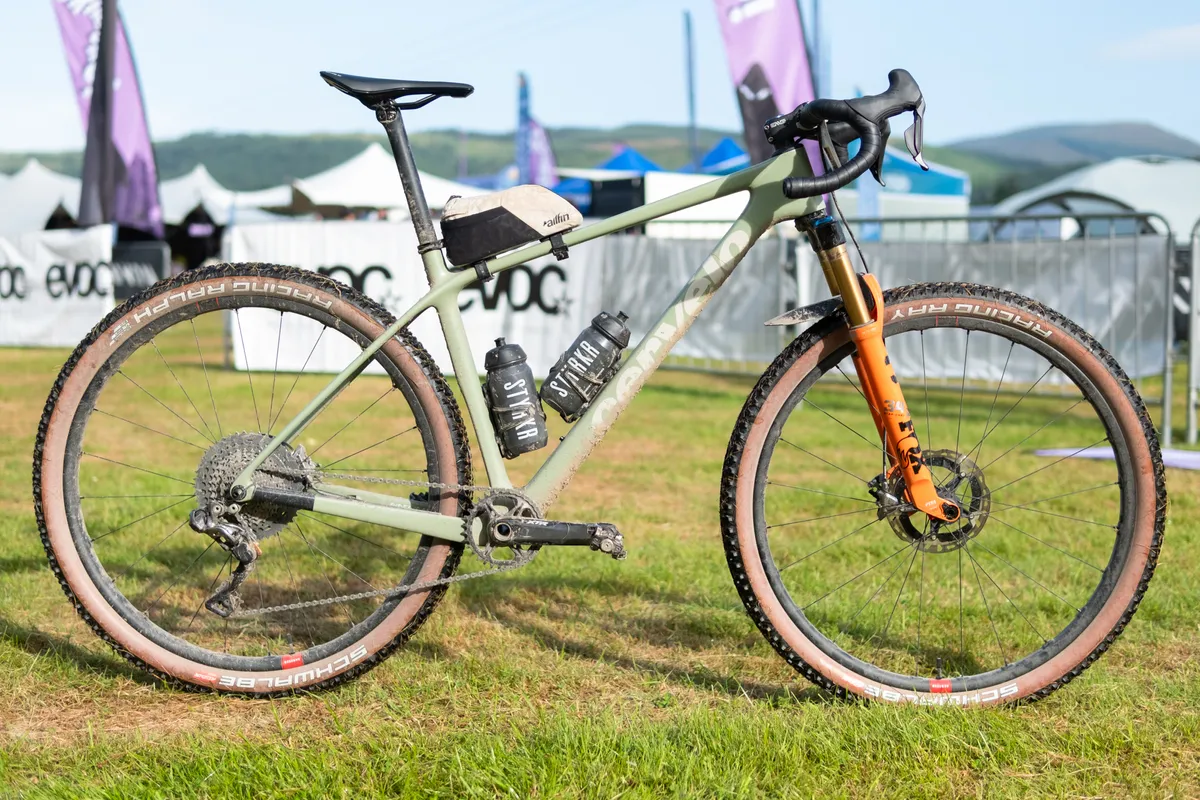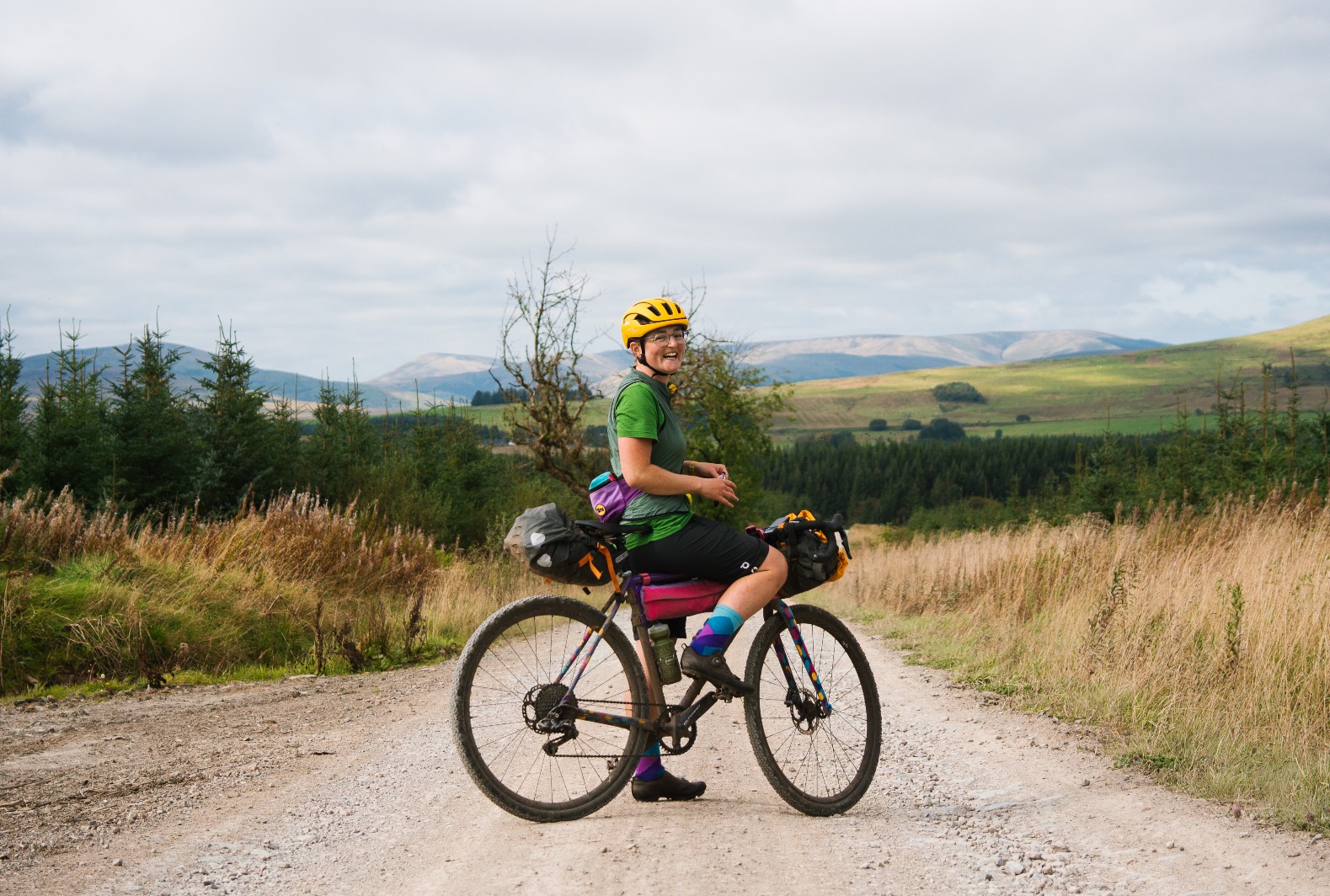In our regular tech Q&A series, we put your burning cycling questions – big or small – to industry experts and the bike boffins at BikeRadar HQ. This time, we cover the practicalities and realities of converting or building a gravel bike around a mountain bike frame.
I'm considering converting a hardtail mountain bike – something like a Specialized S-Works Epic or a Trek Procaliber – into a lightweight and efficient gravel setup for long mixed-terrain rides. I’d replace the suspension fork with a rigid one and add a 38cm flared drop handlebar. Are there any potential issues I should watch out for in terms of geometry, handling, or compatibility? – Charles-Étienne, via email
You’re certainly not alone with this idea. Check out Russell Finsterwald’s Trek Supercaliber from the 2024 Leadville 100 race or Chris Mehlman's Pivot LES SL for Unbound XL 2025 as two good examples of pros running drop-bar MTBs.
The geometry of some cross-country mountain bikes isn’t too far off that of a gravel bike. For example, the Trek Supercaliber has a head angle of 69 degrees and over 90mm of trail, while gravel bikes typically have a head angle of 70 to 72 degrees, and around 65mm of trail.
This means the steering on an MTB conversion may feel slower, but it’ll be better equipped to handle rough descents and steep terrain.

In terms of compatibility, you’ll need to find a ‘suspension-corrected’ rigid fork that matches the length of the outgoing suspension fork, or the steering will be affected.
Note that it’s the sagged length – the total axle-to-crown measurement minus approximately 25 per cent – that you’ll need to replicate, not the static length.
This is to maintain the bike’s intended dynamic (i.e. while riding) geometry. The likes of ENVE and Kinesis should have suitable fork options.
You’ll also probably need to fit a short stem, to avoid exacerbating the slower steering feel.

If you’re converting a bike that’s got a SRAM electronic drivetrain, then it’s quite simple. The AXS family is cross-compatible, with road and MTB shifters and derailleurs working together just fine.
With Shimano drivetrains, it’s slightly more complex.
For example, you can use electronic 12-speed GRX Di2 shifters with a 1x Deore XT Di2 rear derailleur, but you’ll need a Micro Spline (not HG) MTB cassette and a compatible rear hub.
If you want to mix Shimano GRX mechanical shifters with an MTB derailleur, then you’ll need to use an adaptor to equalise the pull ratio, such as Wolf Tooth’s Tanpan (£39). For more information, see the line-up chart on Shimano’s website.
SQUIRREL_13213564
Finally, a question for you, Charles-Étienne: there are plenty of gravel bikes that offer big-volume tyre clearances and could save you a lot of faff and cost, so why not take a look at those first before buying a mountain bike to convert?
Do you have a cycling question you want answered? Every month, we’ll select the most interesting questions and bring you an expert-level response from our unparalleled access to the greatest minds in cycling, both on the BikeRadar staff and across the industry. Send your questions through to podcast@bikeradar.com




